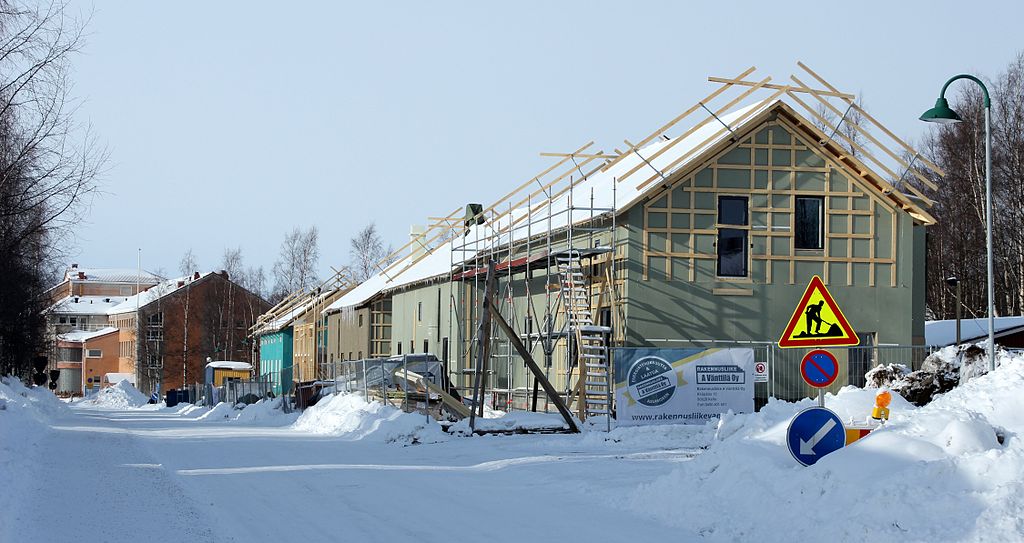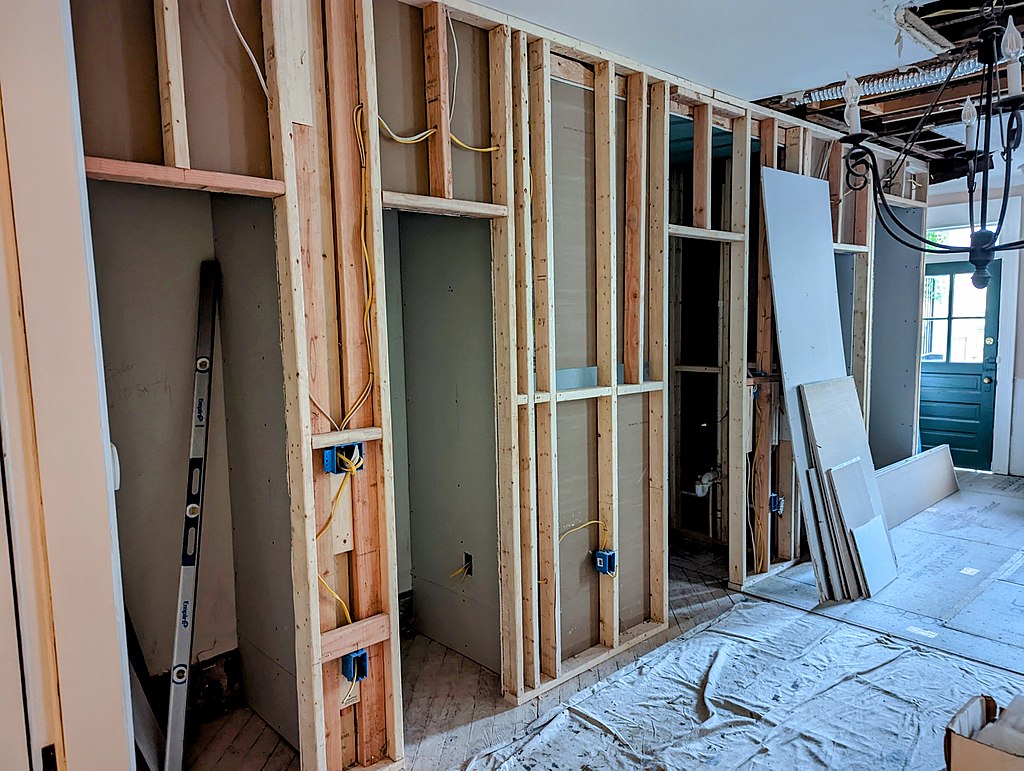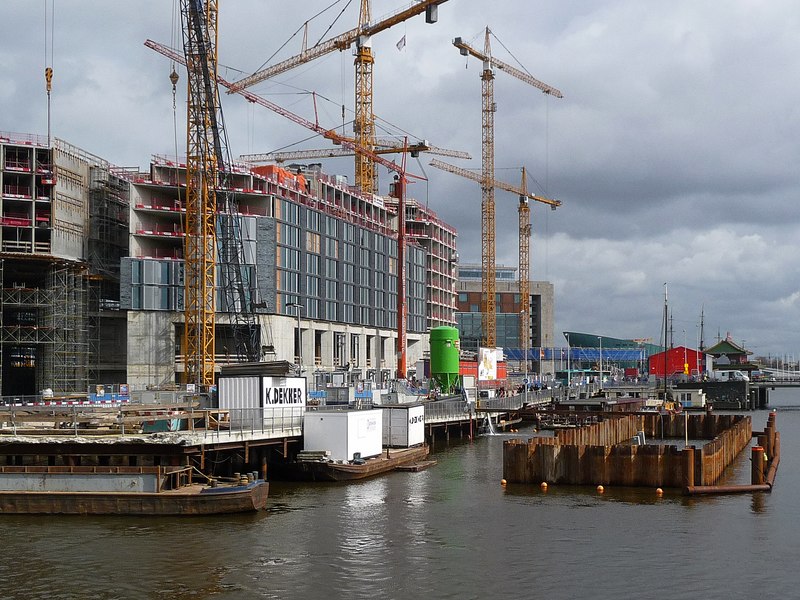The construction industry has recovered from some of the woes inflicted on the sector during the pandemic. Companies are breaking ground on new projects again, and demand is strong for skilled workers in residential and commercial construction. Although many of the shortages and difficulties may now be in the past, the industry is still adapting to inflation and working around that old nemesis of the construction industry, the weather.
Minimal Relief From Inflation
The spikes in lumber prices that started in 2020 have moderated, but construction companies are working in an environment with higher prices. As of November 2022, year-over-year inflation was 7.7%. When excluding food and energy, the inflation rate was 6.3%.
These numbers are lower than the inflation rates of previous months, but rising prices are still a fact of life. The stockpiling behaviors that construction managers picked up during the worst of the supply shortages continue to place upward pressure on the prices of construction supplies.
For years, construction companies could rely on materials and supplies being available on demand. When they needed things like nails, various fasteners, or pressure-treated lumber, they just had to go buy them.
Because even one missing element can derail a construction schedule, managers learned to stockpile. If something was available, they ordered as much as they could. Then they could store excess supplies or materials and avoid serious delays due to unavailable supplies.
However, the fact that most builders are doing this means that building materials and supplies remain prone to shortages. Everyone has learned to snap up items when they are in stock. These stockpiling habits can be hard to break even if the high demand drives inflation. The pain of supply shortages that construction professionals have so recently experienced is slow to fade.
Weather Disasters and Labor Shortages
Construction managers understand that they will always have to work around issues created by the weather. Mud, extreme temperatures, and high winds can bring projects to a standstill.
However, when a big weather disaster like a hurricane or tornado outbreak hits, buildings sustain heavy damage. The region affected by the storm creates a surge in demand for construction companies to perform repairs.
Local companies can get so overwhelmed that outside companies see opportunity. Outside contractors descend on the storm-hit area and start getting work. As a result, construction workers are drawn into the area and leave a shortage of available workers outside the affected area.
Although the migration of workers into the storm-hit region might alleviate labor shortages in that area, contractors in other regions must contend with a worsened labor shortage.
Labor shortages have been troubling the construction sector for a while. Industry analysts estimated that the United States had 345,000 open construction positions in November 2021. In the coming years, construction companies might lack 1 million laborers. As in many industries, older workers are leaving the industry, and younger replacement workers are not showing up in the numbers necessary to keep companies fully staffed.
Labor Shortages Add to Inflation
Fewer qualified workers means that those who do have the skills are in a position to ask for higher wages. Contractors face pressure to complete their jobs. Construction contracts often include terms that penalize a contractor for failing to meet deadlines. Even if a contract is not imposing penalties, contractors still want to finish jobs so that they can acquire more jobs and make more money. Confronted by these forces, they may choose to pay their workers more in order to win business.
Rising wages for skilled construction workers translate into higher prices for customers. Construction technology can only increase efficiency to a certain extent. The industry runs on labor and materials, and the upward pressure on those expenses is expected to persist.


